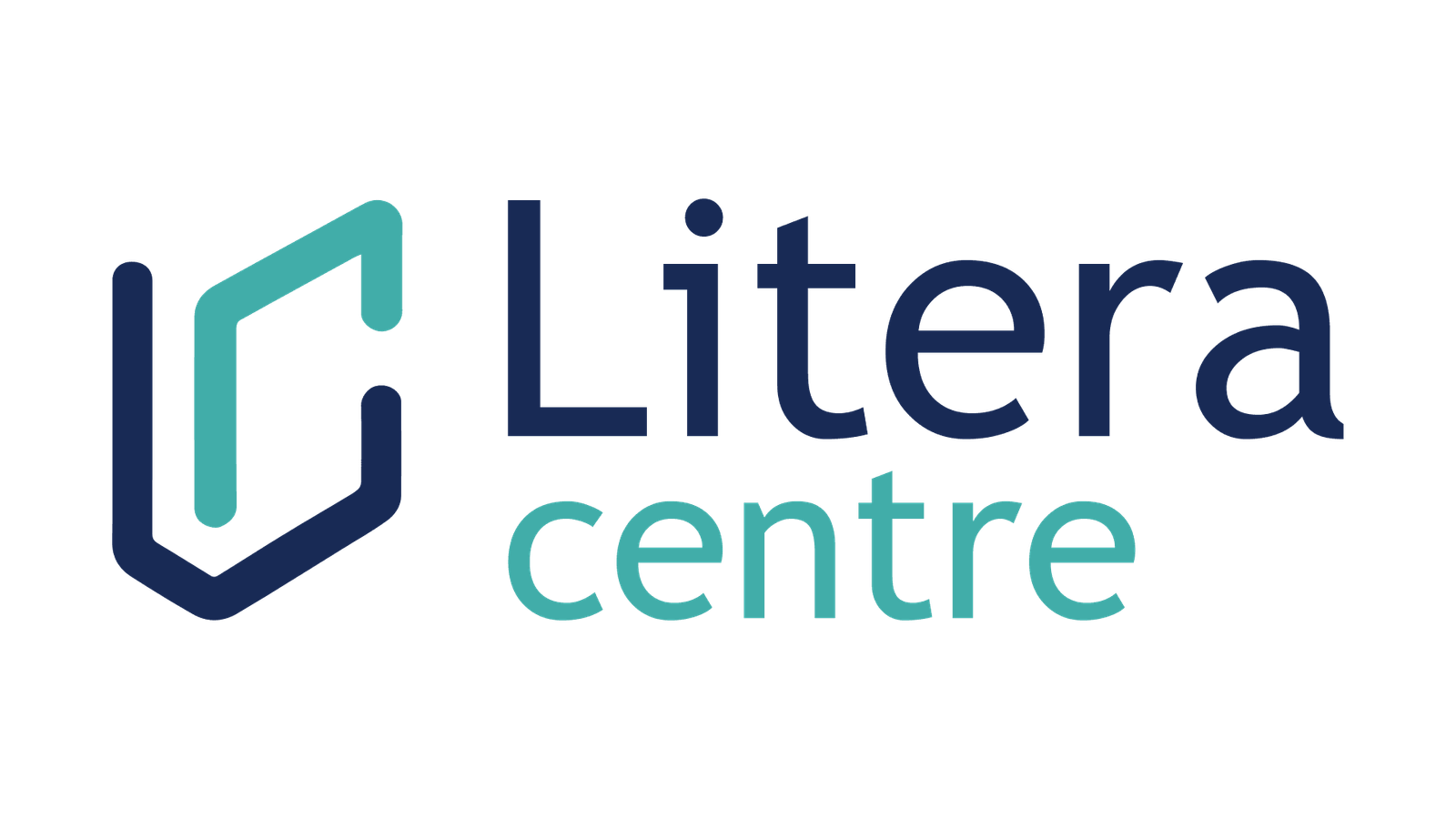ACT:
The American College of Testing is a standardized test usually widely used for admission into colleges in the United States. If getting admitted into a foreign college or university is your dream, then ACT is one of those competency tests that can land you a seat in your dream university. But a few universities in other countries also accept ACT along with SAT. The ACT exam is an important milestone for many students, and understanding its pattern is crucial for success. In this article, we’ll unveil the truth about the exam, its structure, pattern of evaluation, and tips to score a safe and good score on the ACT exam.
ACT Exam Pattern:
The ACT exam is conducted for a composite score range of 1-36. There are 4 sections in the ACT Exam Pattern. There is an Optional section of Writing, which needs to be taken if the college you’re applying to requires you to submit writing scores. The sections are 4 + 1(optional)
- English
- Math
- Reading
- Science
- Writing
The total duration of the ACT exam is 2 hrs 55 min without the Optional and 3 hrs 35 min with the Optional. This Computer Based Test (CBT) has multiple-choice questions (MCQs) for each section. While the English, Reading, and Science sections have 4 options for each question, the Math section has 5 options per question. There is one short break after the 2nd section and another after the 4th section for those taking the Writing test. It is usually conducted 7 times a year – February, April, June, July, September, October, and December.
ACT Exam Pattern – Sections & Structure:

1. English – 75 Questions; 45 minutes; Average score – 19.6:
This section assesses 2 main domains – i. Usage/ Mechanics and ii. Rhetorical skills, in which the production of writing, knowledge of language, and standard language conventions are tested. The questions asked usually are detail or bi-picture based.
i. Usage/ Mechanics (40 Q):
- Punctuation – 10 Q
- Grammar & usage – 12 Q
- Sentence structure – 18 Q
ii. Rhetorical Skills (35 Q):
- Strategy – 12 Q
- Organization – 11 Q
- Style – 12 Q

2. Math – 60 Questions; 60 minutes; Average score – 19.9:
This section assesses the preparation for higher math, integrating essential skills, and contains questions on the following topics
- Pre-algebra based
- Elementary algebra based
- Intermediate algebra based
- Coordinate algebra based
- Plane algebra based
- Trigonometry based

3. Reading – 40 Questions; 35 minutes; Average score – 20.9:
This section is an assessment of the candidate’s ability to summarize key ideas & details, craft & structure, and integration of knowledge and ideas. There are 4 passages of 4 different genres with 10 questions for each paragraph –
- Literary/ Prose fiction
- Humanities
- Social sciences
- Natural Sciences

4. Science – 40 Questions; 35 minutes; Average score – 20.4:
This section, as the name says, doesn’t contain any science-related questions, rather it contains
- Science-related paragraphs
- 2-3 charts & graphs with statistical or scientific data
- 2 or 3 science experiments and associated results, and
- One or two Fighting or Conflicting Scientists passages with 5 to 7 questions per paragraph.
This entire section is a test of reading, reasoning, scientific investigation, data interpretation, evaluation of information, models, and other experimental results.

5. Writing:
- This is an optional assessment that includes an Essay writing question. The essay presents three different, debatable perspectives on a debatable issue. The candidate has to explain their position on each perspective and justify their stand on each of it. The score range for the Writing section is 2 – 12.
- The essay is usually evaluated by two readers/ evaluators who give a score in the range of 1 – 6 each, and the composite score of 2-12 is the sum of the scores given by these two readers/ evaluators.
- The composite score is deduced based on the points marked for each of the 4 domains:
- Ideas & Analysis domain = 2 -12 score range
- Development of the essay = 2-12
- Organization of information = 2 -12
- Language usage and its conventions = 2-12

ACT – Scoring:
The ACT exam is slightly tricky in its own way. Each correct answer gives you a raw point, but you are not penalized if you mark a wrong answer. Meaning there is no negative marking or point deduction for a wrong answer. That lands you at the advantage of being able to mark any option and still not lose the existing score. According to previous observations and the acceptance rates of colleges and universities, a score range of 20 – 26 is a good score. While 26 is a very good score on ACT, a score above 20 is also acceptable by many colleges and universities, provided you fulfill all other criteria required for admission. The ACT exam is taken by more than 100 thousand applicants every time and has different score ranges. Based on those statistics, the tentative average scores for each section are as follows:
- English – 19.6 and above
- Math – 19.6 and above
- Reading – 20.9 and above
- Science – 20.4 and above
- Writing – 7 to 9 and above
Note that the Writing score has no effect on the composite score of the other 4 sections whatsoever since every candidate does not take it.
ACT – Strategy:
The exam is configured in a way that it tests the essential skills of the candidate but without a penalty for incorrect responses, not affecting the existing score. That means the questions skipped or left unanswered don’t affect the score in any manner either. This can be used to your advantage. Marking an option for a question you are unsure about or confused about the answer leaves you with a 25 – 30 % probability of getting it right if you mark it. Candidates should follow a Skipping Strategy to avoid issues related to time management, stress due to confusion or not knowing the answer or topic, weakness of strength in the subject, and unbalanced timing for each question. Use the skipping strategy in the following cases:
- When a single question, passage, or section occupies too much time
- When you’re confused or unsure about the answer
- When it is your weak subject, section, or topic
- When there isn’t enough time for the topic you are good at. Section-wise
Safe Skips for a good 26 composite score:
- English – 14 Q [1 full paragraph skip allowed as one passage has around 14/15 Q]
- Math – 17 Q
- Reading – 11 Q [1 full passage of 10 Q]
- Science – 9 Q [1 full passage of 5-7 Q]
Quick Tips To Avoid Stress and Make Intelligent Answer Marking:
- Start with the easiest questions, topics, or sections, and save the difficult ones for later.
- Practice this skip technique right from your preparation, not directly on D-day.
- With every practice test, assess the number of skips. You can skip the maximum in your initial tests and configure them gradually.
- Use the last few minutes of the exam to go back and review your responses, and rectify if needed, rather than attempting new questions.
- Since it is a Computer Based Test (CBT), you can always review and change your responses.
- Save a few seconds at the end of the exam to mark unanswered questions. Since wrong answers have no penalty, you have a 25 % probability of being correct.
- Stay Calm, hydrated, and confident.
World Class & Verified Tutors at Your Fingertips
Get comprehensive classes, & complex concepts and ace your Assessment. We’ve designed our program.

Conclusion
The ACT exam requires strategic planning and implementation combined with smart approaches. With awareness of the contents of the test sections, question types, timing, scoring, and effective strategies, you can crack the test with a flair. Remember, thorough preparation and practice are the keys to success. Dedicate ample study time for every section, utilize helpful resources, and remain calm and focused on test day. You can conquer the ACT and achieve exciting academic opportunities with determination and effort. All the Best!
Frequently Asked Questions (FAQ)
Q: What is the overall structure of the ACT exam?
Think of the ACT as a four-part academic triathlon, testing a student’s knowledge across different subjects. The exam is divided into four multiple-choice sections: English, Mathematics, Reading, and Science, plus an optional Writing test. Each section has a specific time limit and number of questions, designed to test a range of skills from grammar to data interpretation.
Q: Is the ACT Science section just a test of science knowledge?
A common misconception is that the ACT Science section is a traditional science test. In reality, it’s more of a reasoning and data analysis challenge, with passages and charts that require you to interpret and evaluate scientific information. You don’t need a deep well of scientific facts; instead, focus on reading charts, understanding hypotheses, and drawing logical conclusions.
Q: What is the optional Writing section for?
The optional Writing section is a 40-minute essay that assesses a student’s ability to analyze and write a coherent argument. While it’s not required by all universities, many competitive schools still consider the score, especially for certain majors. It’s a great opportunity to showcase your writing skills beyond the multiple-choice format.
Q: How is the ACT scored?
The ACT is scored on a scale of 1-36, with the total score being the average of your four section scores. This ACT composite score is the main score colleges look at, but your individual section scores are also provided. Unlike some other tests, there is no penalty for wrong answers, so it’s always better to take an educated guess than leave a question blank.
Q: How can I prepare for the different sections of the ACT?
Effective preparation is all about strategy and practice. For the English and Reading sections, focus on improving your reading speed and comprehension. For the Math section, a strong foundation in algebra and geometry is key. The Science section requires practice with interpreting graphs and tables.



